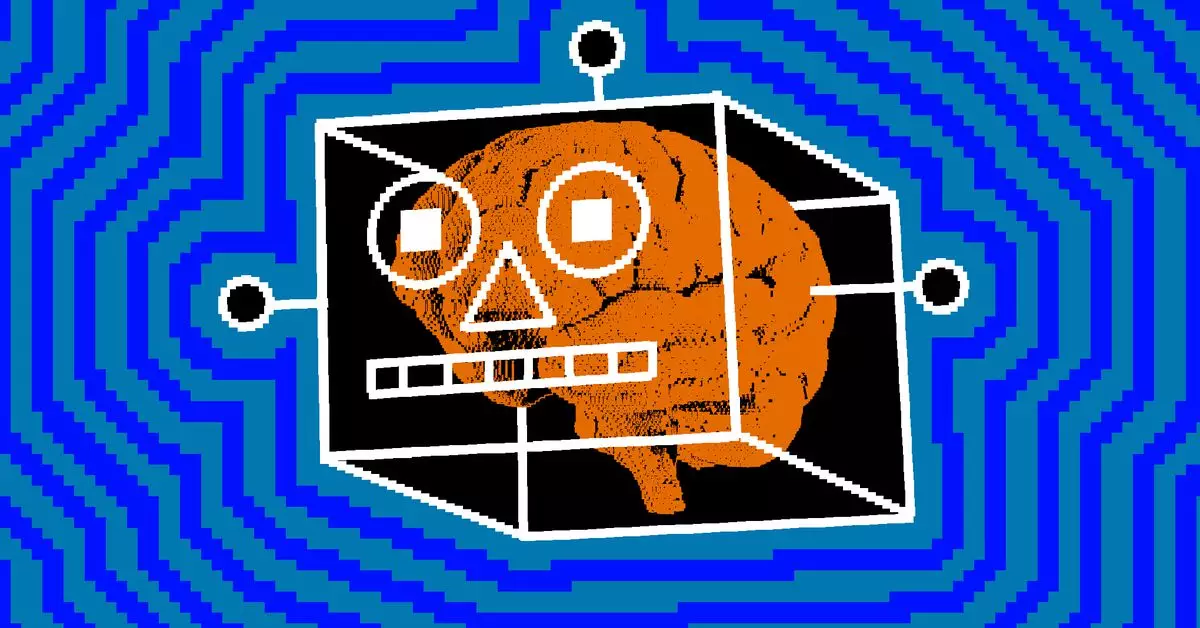In a landscape where technology is evolving at an unprecedented pace, Google is reportedly gearing up to unveil a revolutionary tool named “Project Jarvis.” Set to be showcased possibly as early as December, this initiative aims to embody the next iteration of automation capabilities, akin to the ambitious large action model concepts pioneered by platforms such as Rabbit. The initiative’s objective seems straightforward yet transformative—streamlining online tasks through intelligent automation tailored for individual user experiences.
Project Jarvis, which is purportedly underpinned by Google’s forthcoming Gemini AI system, is not just another tech product; it promises to redefine how users interact with the web. When fully operational, Jarvis is expected to facilitate numerous everyday tasks that typically consume considerable time and user effort. From conducting research and making product purchases to booking travel arrangements, the tool aims to alleviate mundane responsibilities by intelligently processing screenshots and executing corresponding actions within the browser. It’s particularly noteworthy that this innovation is optimized specifically for Google Chrome, showcasing the tech giant’s commitment to enhancing its flagship ecosystem.
As the tech industry hurtles towards an era of hyper-connectivity and smart automation, Google isn’t alone in this race. Tech behemoths, including Microsoft, Apple, Anthropic, and OpenAI, are all keenly developing their versions of automated tools that offer similar functionalities. For instance, Microsoft’s Copilot Vision promises interactive engagement with live web content, whereas Apple Intelligence aims to seamlessly integrate user actions across various applications. This heightened competition not only emphasizes the importance of automation in tech but also illustrates the growing consumer demand for efficient, intelligent web interactions.
Despite its ambitious agenda, Project Jarvis is still in a nascent stage of development, with reports indicating that the tool currently has limitations; it takes a few seconds between actions to execute tasks, which could hinder its overall efficiency. Additionally, the unveiling of this tool remains tentative, with Google deliberating over the possibility of a limited beta release for early testers. Such steps signal the company’s caution in ensuring that the tool not only meets user expectations but is also refined through practical user feedback.
The Road Ahead
As the prospect of Project Jarvis looms closer, the excitement surrounding its release reflects the broader trend of enabling users to navigate digital spaces with greater ease and fewer frustrations. If successful, this project could serve as a pivotal model for future innovations in task automation, influencing not just how we interact with technology but also how we perceive the role of artificial intelligence in our daily lives. By tackling the challenges associated with automated task execution, Google may set the stage for a significant shift in user experience, making the once-unimaginable a reality in our increasingly digital world.
Project Jarvis embodies the intersection of advanced technology and practical application, standing as a testament to the relentless drive for innovation within the tech sector. As developments unfold, the anticipation grows for a tool that promises to significantly enhance everyday web interactions.

